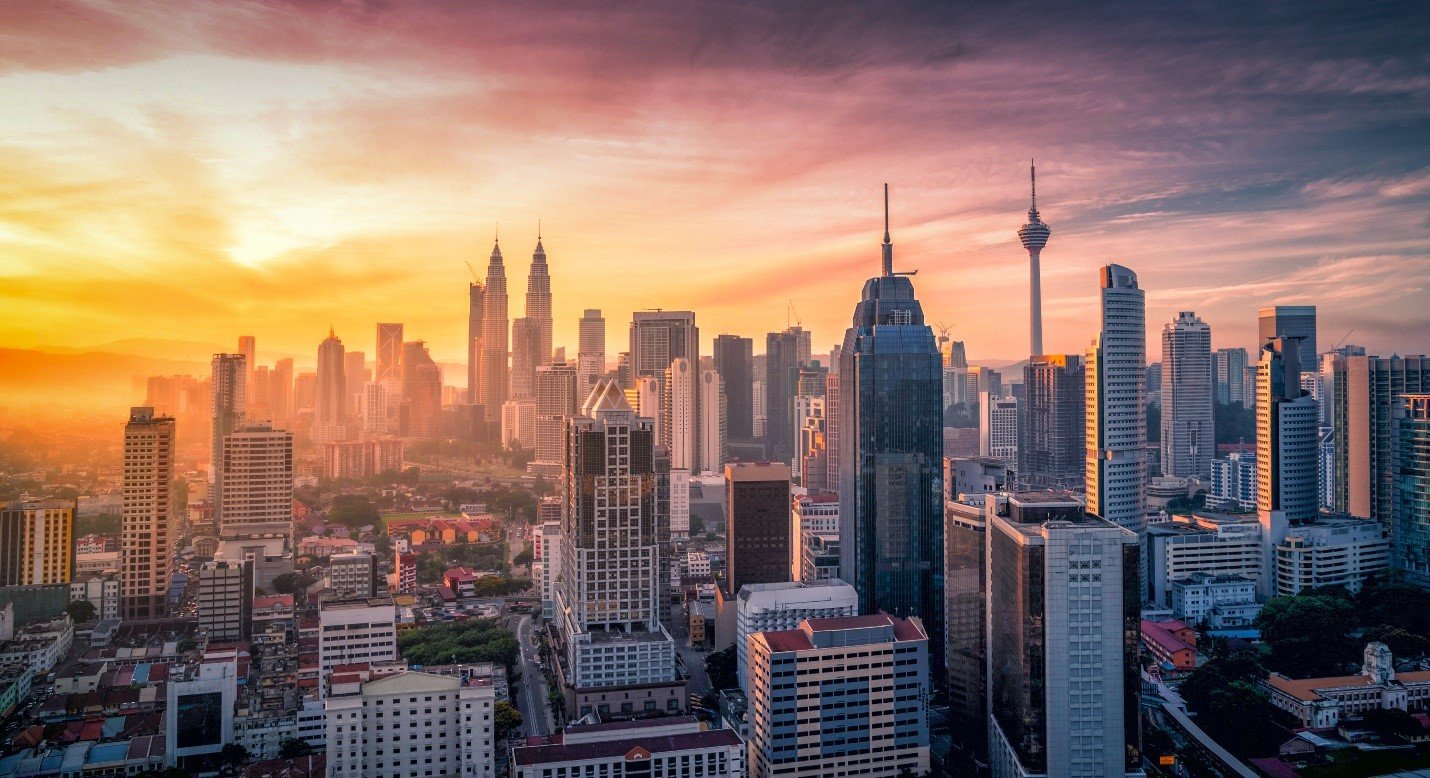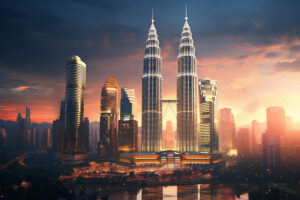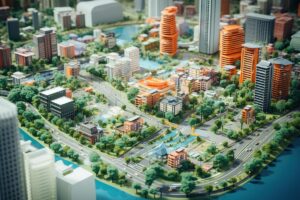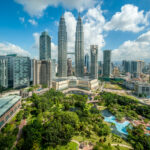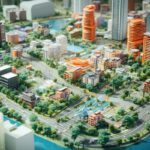Public spaces are a place for all. As such, they must be designed with the best interest of everyone in mind. This then translates to the need to implement universal design in public spaces.
Universal design is pertinent in ensuring a barrier-free environment and enabling everyone, regardless of age or impairments, to utilise the space with the highest possible level of independence. In 2017, the Department of Social Welfare Malaysia reported that the number of registered persons with disability were 453,258 persons, and the number is estimated to rise over time. Hence, it is critical that Malaysia develop a more effective and efficient accessibility system.
Are you new to universal design? Let us explain the concept in more detail to help you understand its definition, significance, and principles in this post. Read on to learn more about universal design.
What is Universal Design?
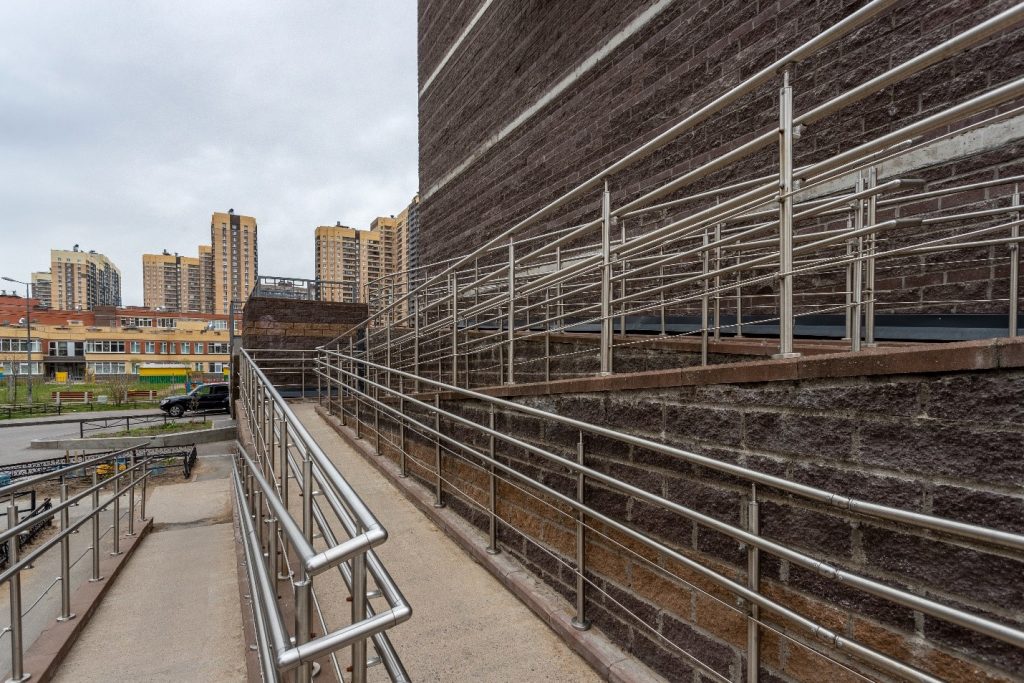
Universal design, also known as barrier-free design or inclusive design, is the design or composition of products, buildings and environments that are easily accessible, used and understood to the greatest extent possible. Universal design should accommodate people with a full spectrum of abilities, disabilities, ages and from all walks of life.
The design must cater to the needs of all people, which we should not perceive as a special requirement but rather as a fundamental prerequisite of a good design. Its purpose is to meet the diverse and unique needs of all by creating products, buildings and environments for everyone’s benefit.
The 7 Principles of Universal Design
Principle 1: Equitable Use
Accessible, convenient and useful for all users with varying abilities.
Principle 2: Flexibility in Use
Cater to the vast range of the user’s pace, abilities and preferences.
Principle 3: Simple and Intuitive Use
The design’s use has no unnecessary complexity and is easy to understand, regardless of the user’s knowledge, skills or experience.
Principle 4: Perceptible Information
Provide adequate and effective information to users, regardless of their sensory abilities.
Principle 5: Tolerance for Error
Minimises errors and hazards by providing fail-safe features and warnings.
Principle 6: Low Physical Effort
Able to be used efficiently and reduces sustained physical effort.
Principle 7: Size and Space for Approach and Use
Offer appropriate size and space to use and manipulate, regardless of the user’s mobility or posture (whether standing or seated).
The Imperativeness of Universal Design
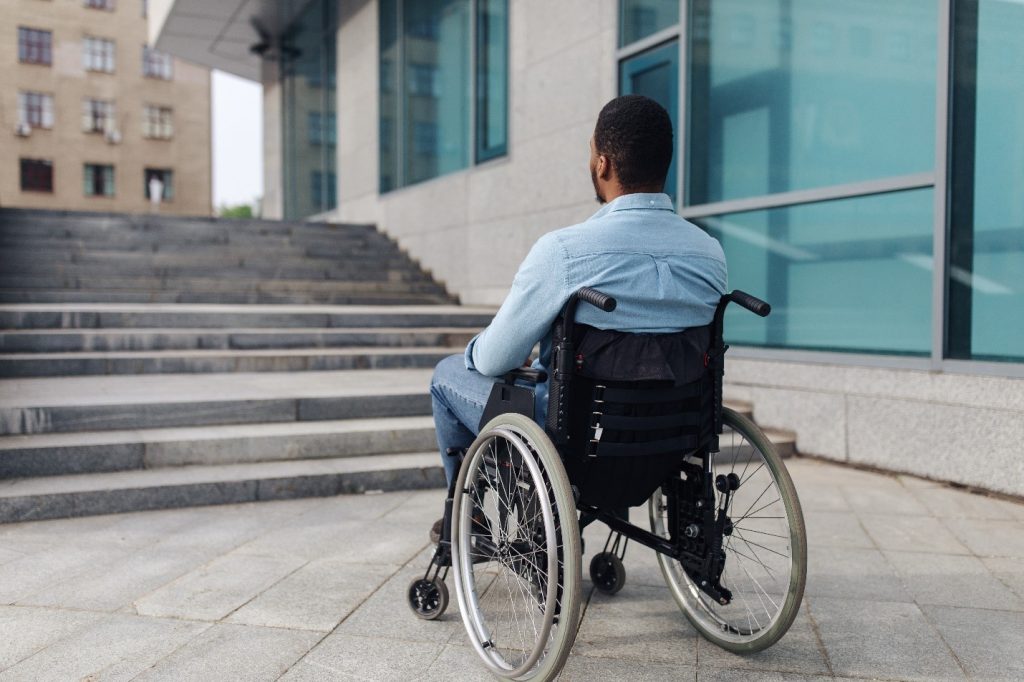
Accessibility in products, buildings, and environments has been a hot topic among architectural experts and disability scholars all over the world. Furthermore, many bureaucracies, including Malaysia’s, emphasise the sensitivity of disabled individuals to inaccessible environments, stressing the significance of a user-friendly or barrier-free design in today’s modern society.
Over the last few decades, Malaysia’s present disability and accessibility system has made considerable advancements, primarily due to newly established legislation. For instance, Malaysia has enacted the first right-based legislation for people with disabilities (PWD), which provides them with better access to public facilities.
As stipulated in Section 26 of the Persons with Disabilities Act 2008, “Persons with disabilities shall have the right to access to and use of public facilities, amenities, services, and buildings open or provided to the public on an equal basis with persons without disabilities”.
Thus, undeniably, Malaysia has made progress in meeting the needs of PWD. Nonetheless, there is a need to effectively implement universal design in Malaysia.
Furthermore, we must cater to the demand for more professionals in this field and perform a review of present standards codes. Thus, we must take action to improve and enhance the existing application of universal design in public products, buildings and environments.
Putrajaya: Universal Design in Action

Putrajaya city was built to elevate the quality of the urban living environment, and a total of 9.7% of the city, or 1103 acres, is dedicated to public facilities for various purposes. As such, ensuring excellent accessibility in Putrajaya’s public buildings is a necessity for the city’s overall functioning.
For example, the Putrajaya International Convention Centre (PICC) provides good accessibility to the public. It fulfils all the design requirements for its main public facilities, including an accessible information counter, adequate installation of guiding blocks, parking spaces for PWD, ramps to doors and doorways, and more.
Read More: Living in the City or Suburbs is Better in Malaysia?
Universal Design is Not a Luxury, but a Necessity
While the overall accessibility of public buildings in Putrajaya demonstrates satisfactory applicability of universal design implementation, the same cannot be said for other parts of Malaysia. As such, one must assess the accessibility of public buildings in Putrajaya from several viewpoints and strive to adopt and further enhance them in other environments.
This will then lead to the development of novel and substantial solutions for creating a better barrier-free environment in Malaysia. At PEQ Consult, we believe in delivering nothing short of excellence, and this includes providing consultations that encourage an environment that’s best for all.
Feel free to consult us for robust and reliable town planning services.

